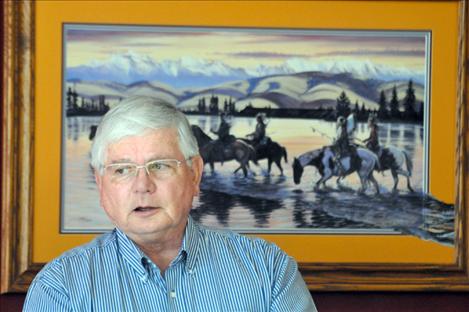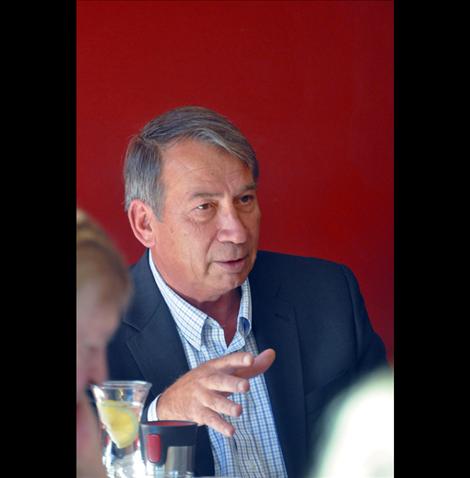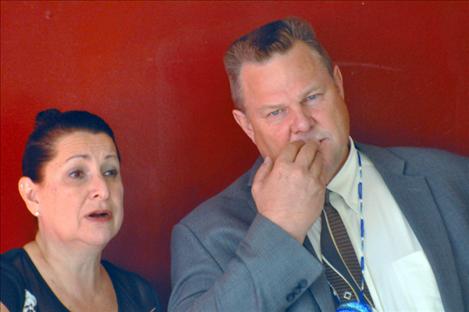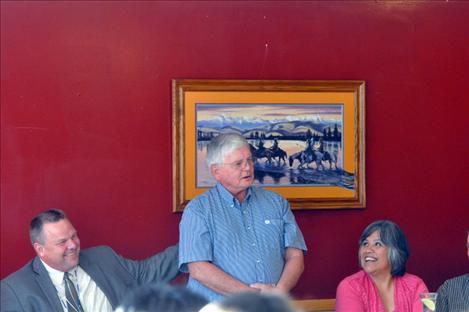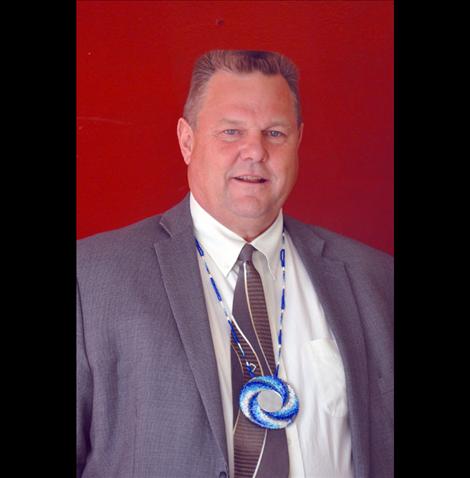Healthcare summit highlights disparities
Hey savvy news reader! Thanks for choosing local.
You are now reading
1 of 3 free articles.
RONAN — Cultural barriers and systemic inadequacies within the federal government’s Indian Health Services program make tackling glaring health disparities among tribal people infinitely more difficult. A consortium of tribal, state, and federal officials met Oct. 8 for a health summit hosted by the Confederated Salish and Kootenai Tribes at Ninepipes Lodge to discuss these issues.
Anna Whiting-Sorrell, director of Operations, Planning and Policy for the Tribes’ Health and Human Services Department, said the meeting of multi-agency representatives to tackle the abysmal health care gap in Indian Country was historic.
“We have accomplished something that has never happened in the country before,” Whiting-Sorrell said. “We are not only leading the way to make sure our people here on the Flathead get good healthcare, we’ve asked people from other tribes in Montana to join us.”
Whiting-Sorrell lamented the fact that Native Americans have the shortest projected lifespan of any ethnic group in the United States, with men and women dying 19 and 20 years earlier than their white counterparts.
“That is a whole generation of people,” Whiting-Sorrell said. “I think about my little Esther ... I never got to know my grandma. She died at 42, my mom at 57. I have to look to others to understand how to be a grandma, how to be a ya-ya.”
The reasons for the early death rate are varied, Tribal Health and Human Services Director Kevin Howlett said. Genetic predisposition for certain diseases is mixed with a lack of funding from Indian Health Services that currently only pay for illnesses that threaten life or limb.
The Confederated Salish and Kootenai Tribes have tried to remedy part of the problem by building new health clinics that reduce costs by keeping care in-house. As the Tribes look to the future, they are relying heavily on learning to navigate the possibilities insurance offers in cost savings.
In some cases it makes more sense to buy insurance for an individual than it does to provide care, Howlett explained. The cost of coverage is minimal when compared to a $20,000 hip replacement, he said.
Yet Native Americans often have little to no understanding of how insurance works. Howlett, a Harvard graduate who counts himself fortunate to have coverage, is befuddled by the system.
“I’ve had insurance for quite a while,” Howlett said. “I’ve never had to use it, or very, very infrequently. I don’t know how to use it. I don’t know deductibles and copay. I do with my car insurance, but I don’t with health insurance … Those are the kinds of things we need to hash out so Indian people can get insurance.”
Senator Jon Tester listened to tribal and healthcare leaders describe the cultural and financial barriers Native Americans must overcome to access healthcare. The chairman of the Senate Indian Affairs Committee said he was encouraged to see the collaborative effort of public and private entities participating in the forum.
“The bottom line is that I think the folks that are here today have an incredible cross-section of people that can impact Indian health care if done right,” Tester said. “As we go round and talk about what needs to be done from the federal to the local level I think it is very important ... You may have some ability to help the people who are out there, but I will also tell you this, you will not be successful if you are looking to the federal government and federal government alone. You will only be successful if you work together to find ways to move the ball forward.”















